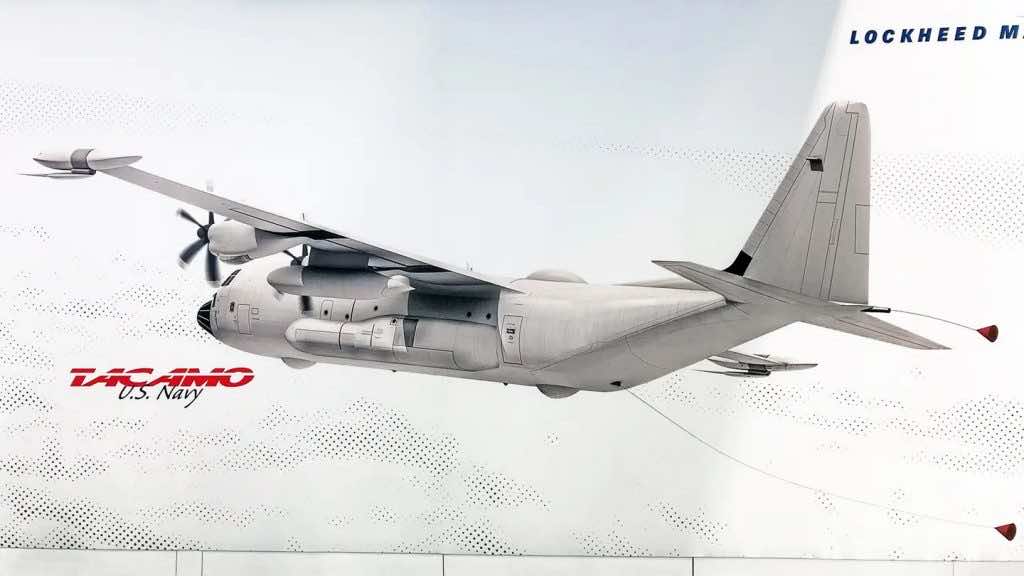Considering global hostilities developing the capacity to emerge swiftly, as witnessed in the current crisis in Ukraine, and the possibility of nuclear war looming, the United States is looking to be equipped with control centers that can operate even under severe situations. Lockheed Martin has unveiled the very first glance of the Navy’s newest “Doomsday plane,” the EC-130J, at the Navy League’s Maritime Exhibition nearby Washington, D.C. A “Doomsday Plane” is created and made available for such an occurrence in all circumstances. An almost 100-foot-long aircraft, propelled by four Rolls-Royce AE turboprop engines, has a cruising speed of 400 mph and rises at 2,100 feet per minute to achieve operating altitude in less than 15 minutes.
“TACAMO” is an abbreviation for “Take Charge and Move” which refers to receiving and transmitting nuclear attack instructions. The C-130J is the most advanced model of the well-known “Hercules” transport planes series, and it is essentially an enlarged variant of the C-130 transport aircraft. The C-130J joined the operation in 1999. The US Air Force increasingly replaced it with the smaller C-130H, while the US Navy eventually replaced the aging C-130T with the C-130J. Whereas the Lockheed Martin exhibit was merely an artist’s rendition of the forthcoming aircraft, the photographs showed lengthy dangling cables for very-low-frequency (VLF) transmission. The satellite navigation equipment was apparent on the wingtips, back fuselage, and landing gear fairings.
The TACAMO role also necessitates aircraft performing steep and tight pitching maneuvers at low speeds in order to enhance information dissemination, and the 130-J provided a trustworthy and reliable airframe for activities. The aircraft will be tested beginning in 2026. The Navy is presently deploying Boeing’s E-6B Mercury aircraft for this function, and it presently has 16 such planes that can communicate and supervise the navy fleet’s intercontinental ballistic missiles. The plane has been in operation since 1989, and the US Navy has developed plans for its long-term replacement.
In many respects, it’s remarkable that the United States Navy picked the C-130J-30 as their younger breed of “doomsday aircraft.” The “Hercules” family of transport aircraft has been proved time over and over again since the maiden flight of the C-130 in 1954. It is a very versatile platform. It is adaptable to most airports and runways, and its capability and endurance are outstanding, as is the operational support. In any case, representatives of the C-130 “Hercules” transport aircraft family have assumed responsibility for the TACAMO platform. This not only validates the conventional transport aircraft but also demonstrates that the US military is concentrated on the active combat area. The repositioning of the sea-based nuclear weapons communication system is being done with more vigilance.

